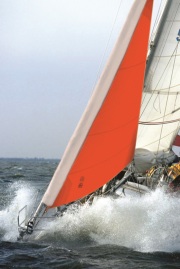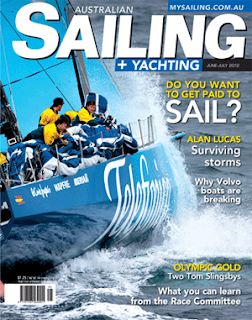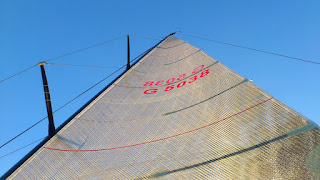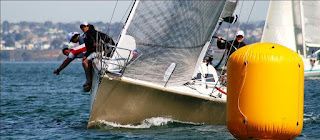Storm sails

USING YOU STORM SAILS Whether we like it or not, on occasions the sport of yachting can be dangerous, anyone who has ventured into or been caught in extreme conditions can vouch for this. We always talk in yachting circles of the value of practice and preparation, yet one area that we tend to ignore is the art of survival in extreme conditions. Several years ago it became quite common for a lot of ocean race organizing committees to insist that prior to the start of the race the competitors sailed through a set of buoys with their storm sails set and drawing. This is a great initiative as I am sure that on a lot of race boats this would be the only time that these sails are brought out of the bag. Even so; I am always amazed at the bungled and botched attempts that ensue when the setting up of the storm sails is done on these occasions. I have even been on a boat where the trysail has been set upside down in broad daylight and light winds, imagine the confusion if th...








